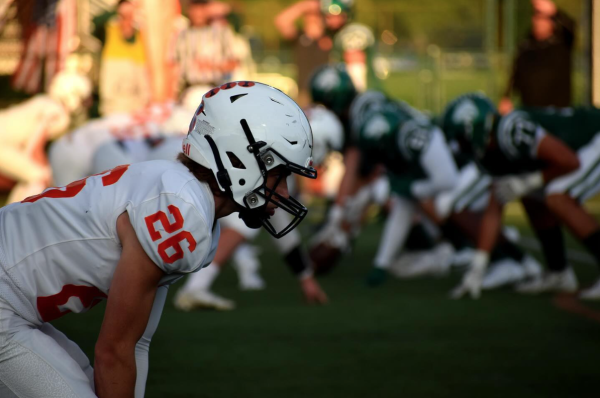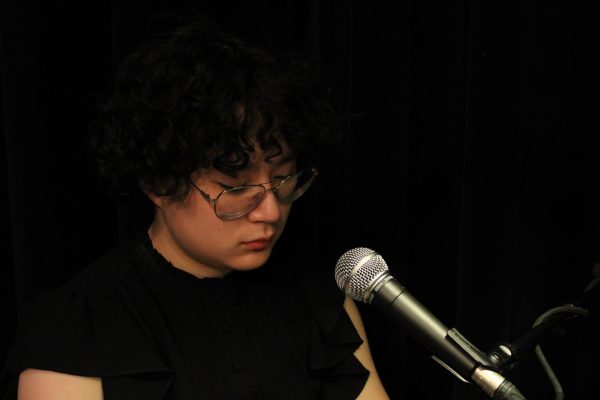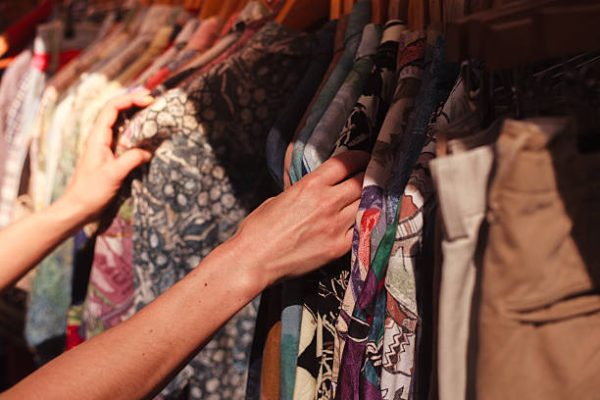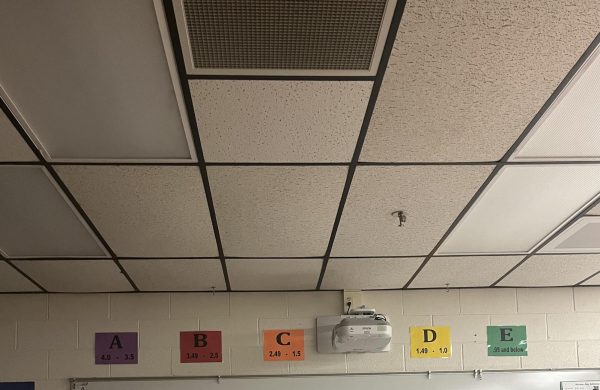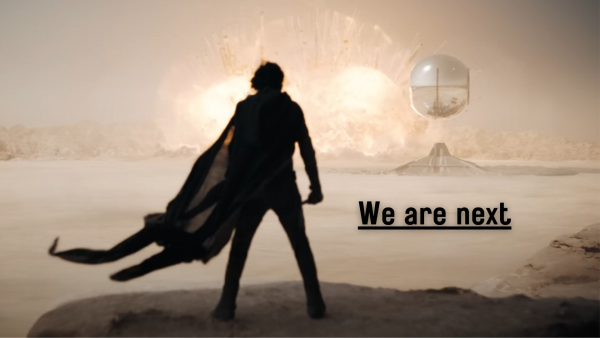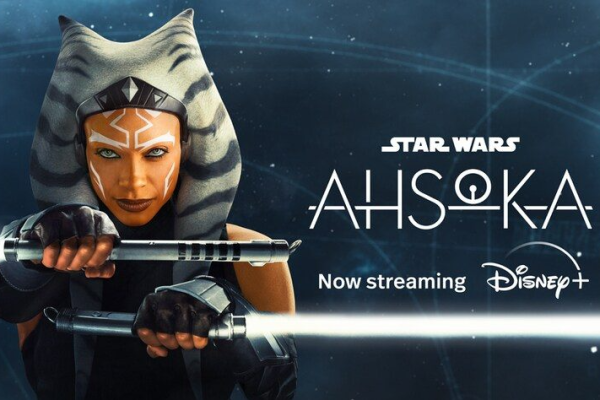Virtual schooling is the best option
In mid-August, a fall commitment survey went out to parents of Novi students, giving the option of either hybrid or virtual learning for the first two months of school. Virtual learning is the option that all students with the capabilities to do so should choose because it minimizes the spread of COVID more than the hybrid option, and it is the best way to ensure student safety.
I live with my grandparents – who are higher risk individuals, and I also have younger siblings susceptible to a unique strain of COVID. My youngest sister has a friend in her class whose little sister went into cardiac arrest from this strain, and the fear of this happening to one of my sisters or my grandparents contracting the disease was why my parents decided that virtual learning was the best option for us.
I understood my parents’ decision, and the fact that they made the decision without me. But it was still difficult to come to terms with.
The want for social interaction and connection with peers and teachers warred with my knowledge of the risks of hybrid learning, and even though I wasn’t the one making the decision, I struggled to accept its validity.
It was a Facebook post my mom showed me that really helped me to not just understand the decision and necessity to go virtual, but to agree with it.
The post was written by Joe Morice, a parent of Fairfax County Schools, and focused on rebutting the arguments for hybrid school many parents in his community held.
The first point he brought up was the one that hit me the hardest, because I myself had used the socialization he referred to as a reason for my disappointment in my parents’ decision.
Many parents for hybrid, along with administrators providing the hybrid option, have cited the importance of socialization. I agree that socializing with peers is imperative. It’s important to learn how to communicate and build relationships, especially for when you become part of the workforce.
Though important, it is not worth the risk of contracting COVID and increasing the possibility of transmitting it.
In addition, the kind of socialization so many are seeking isn’t on the table anymore, and Morice brings this point home. He wrote that people were choosing the hybrid option because they said their kids want to go back to school, but Morice argued that “what they want is a return to normalcy. They want their idea of yesterday. And yesterday isn’t on the menu.”
Reading this felt like a slap in the face, because he’s right.
The hybrid option does not provide the socialization that school pre-COVID did. There’s no clustering in the hallways during passing time or going to in-person clubs and other school events. Choosing to use that socialization as a reason to place students at risk of COVID is futile.
Another reason parents cited for sending their kids to school was the fear of their kids being behind academically. This is a valid reason, but rendered null by the fact that students are all in the same boat.
This pandemic is worldwide, and the changes to how we learn affect all students, but more importantly, the school district has taken measures to equalize the learning process so that those at home do not receive a different experience content wise. All students receive the same necessary instruction and assigned work, whether virtual or not, and teachers are available through Zoom or email throughout the rest of the class period to answer questions.
Another argument used in favor of hybrid school is the statistic that only 2.2 %of people who contract the virus do not recover. This seems like a small number, but it is important to put it into context.
Novi High School has around 2,100 students and about 108 teachers. If we apply this statistic, that would mean 47 deaths. But these people are more than just numbers. They are the ones sitting in class 6 feet away, the ones we see on Zoom every day.
They are more than just a statistic, and it is important to retain that mindset.
Some may also present the point that the numbers of those released from the hospital are high, but there is a difference between released and recovered.
Those released from the hospital after fighting COVID are likely to have respiratory issues the rest of their life, including scar tissue on their lungs from the virus.
The after effects of contracting COVID could plague an individual for a lifetime, but by choosing virtual school, we could prevent that right now.
All of these reasons in mind, it is important to note that there are those who cannot be at home because of an unsafe environment, lack of food, or parents working. That is why hybrid should still be proposed as an option, but only for those for whom it is absolutely necessary.
It is important to explore resources the community has for such situations, like the free pickup of breakfasts and lunches.
Virtual learning eliminates the spread of COVID through in person instruction and minimizes the perpetuation of the virus. This, in addition to the errors in arguments for hybrid learning, make virtual learning the most beneficial option.

Avid Reader. (Trying to be) consistent writer. Always listening to music, pretty much anything besides rap. I believe each student is more than a face...
